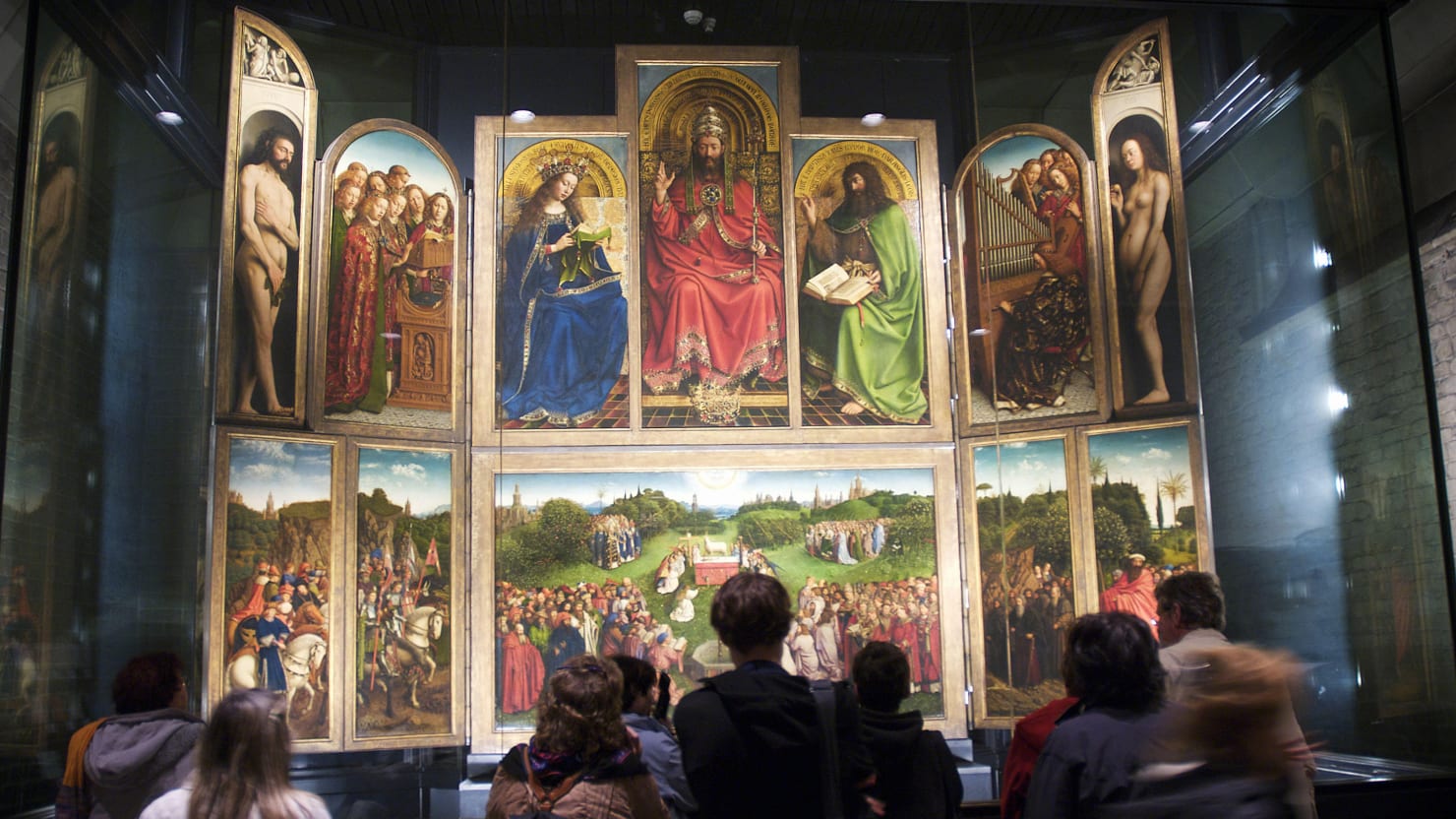Of the 42 Line Bibles originally produced by Gutenberg, only 48 are known to survive today. Of these 36 are printed on paper and another 12 are printed on vellum (calf skin). Among these surviving bibles the U.S. Library of Congress has a complete vellum 42 Line Bible, the British Library has a complete vellum copy and the British Library has a complete paper copy. The 42 Line Bible is closely connected to the 36 Line Bible which was sometimes contended to have been produced first. However, recent examinations of the two have concluded that it is the 42 Line Bible which was produced first.
Sources
British Library. Gutenberg Bible. 2017, https://www.bl.uk/collection-items/gutenberg-bible
Encyclopedia Britannica. Gutenberg Bible. 2017, https://www.britannica.com/topic/Gutenberg-Bible
Arth 364. Notes. 2016.




